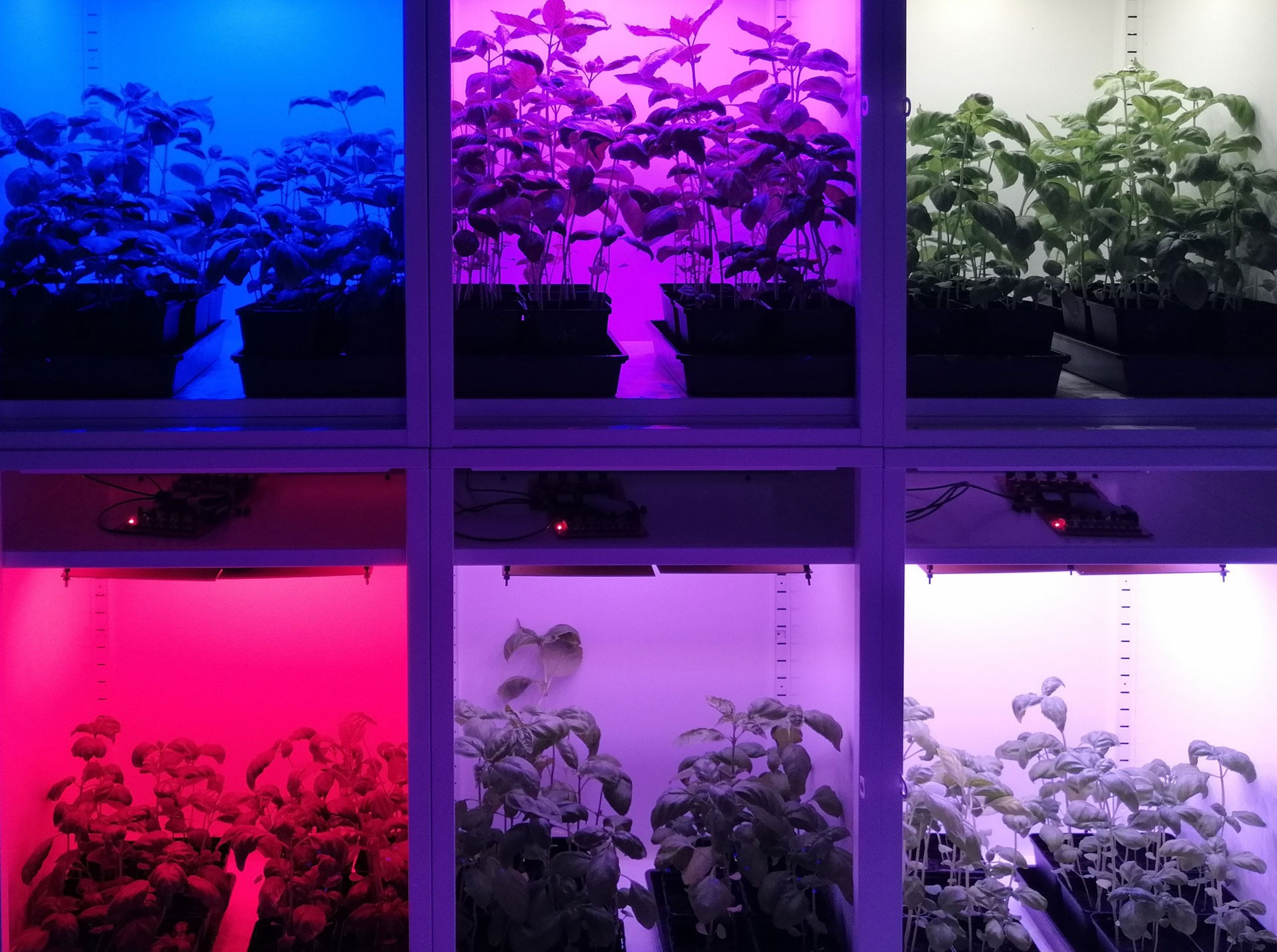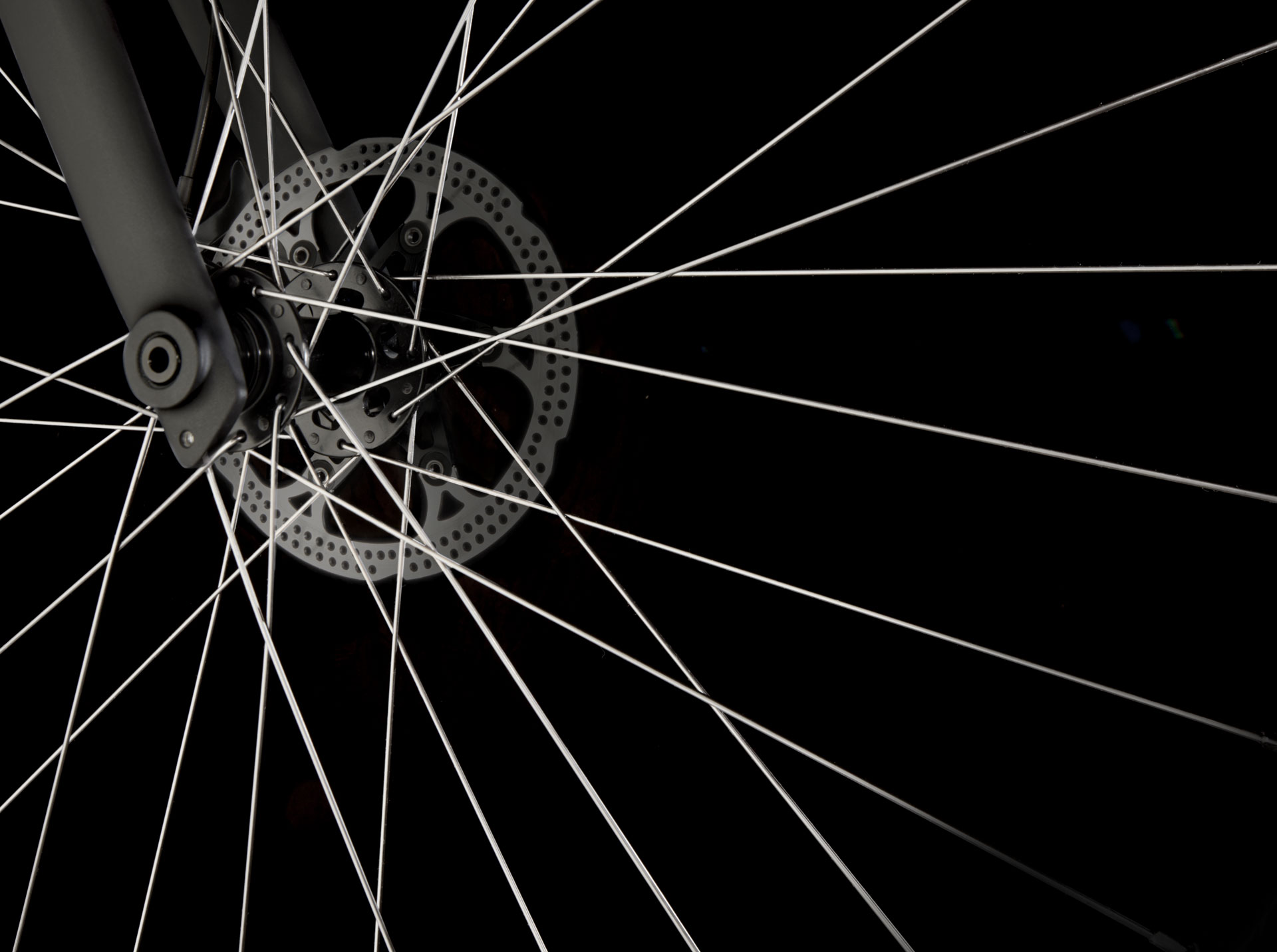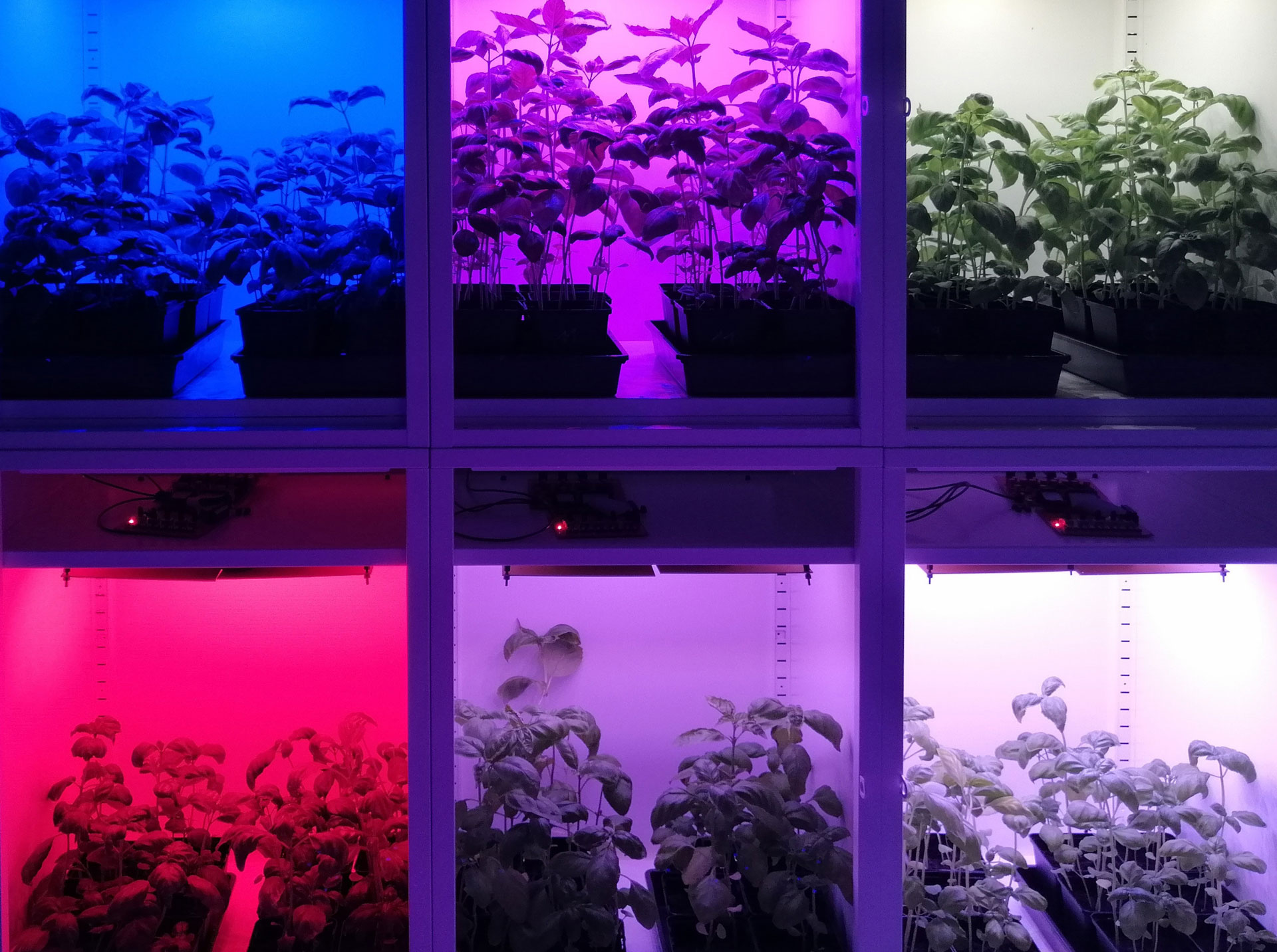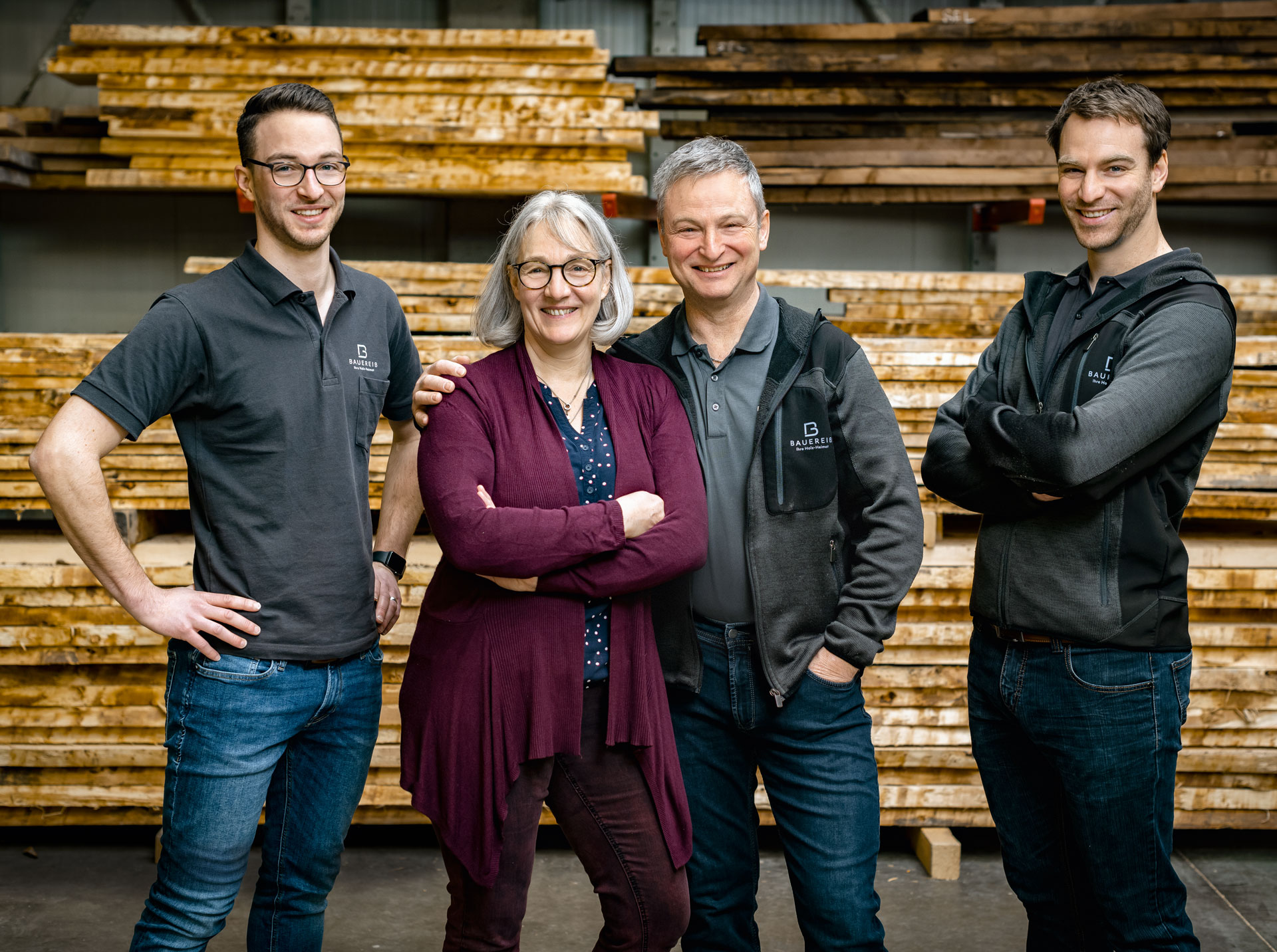Pioneering?
14 percent more tomato flowers with the right light exposure, regardless of the weather conditions and the season: The new horticulture LEDs make plants sprout! The individual light recipe, a combination of deep blue, hyper red, and far red wavelengths together with other LEDs, translates into more flowers, fruits, and vitamins. What a tasty innovation!
What does horticulture mean?
The term “horticulture” contains the Latin term “hortus”, which means “garden”. Horticulture also refers to the Latin term "cultura", the cultivation and care of living plants. Horticulture uses the latest technology to grow plants that can be used as food, for example. The aim is to cultivate plants in such a way that growth, yield, nutritional value and quality are increased and their resistance to harmful insects and diseases is improved.
Why do we need horticulture LEDs?
Greenhouse cultivation is not a new technology. With a growing global population and the trend towards sustainability, simple yet highly efficient and standardized food production will be more and more in demand in the years to come. To meet these new requirements, Würth Elektronik eiSos developed so-called Horticulture LEDs, which can increase plant growth and yield. This innovation can open up a potentially large and new horticulture market that uses the latest technologies from the fields of biotechnology and engineering.
What are the advantages of closed greenhouse systems in horticulture?
Today, there are many controlled, protected facilities around the world where plants grow under natural light. Now, thanks to the progress made in lighting, heating, irrigation and control systems, large, artificially lit greenhouses can already be built indoors. These systems, known as Controlled Environmental Agriculture (CEA), can achieve significantly higher yields compared to conventional horticulture and low-tech greenhouses. In addition, different stages of plant development can be controlled by using different wavelengths of light to shorten growth times. A closed water cycle ensures sustainable water consumption. The control of insect, fungal or bacterial pests is also more effective in a closed system. In addition, the CO2 footprint of food production and supply is significantly reduced by building facilities near metropolitan areas to shorten transport distances and reduce the general need for transportation. One of the most significant steps towards finding a solution for the steadily growing use of indoor greenhouses is the further development of LED technology.
Why LEDs instead of conventional light?
Nowadays, LEDs can be designed to emit specific wavelengths of light while being extremely robust and at the same time relatively small compared to other lighting technologies. LEDs are long-lasting and stand out by their very low energy consumption, making them particularly efficient and significantly reducing the operating costs of large indoor greenhouses.
Horticultural lighting: Which light is most suitable?
Plants need a certain wavelength range for their growth and have different requirements at different wavelengths. For this reason, manufacturers have previously focused on LEDs with wavelengths of 660 nm (red) and 450 nm (blue). However, recent studies have shown that there are other wavelengths besides red and blue that have an influence on plant development.
- Red light (630-660 nm) provides the most important wavelength for photosynthesis and is essential for height growth. These wavelengths also regulate bloom, dormancy and seed germination.
- Blue light (400-520 nm) also has a key function in photosynthesis, but must be controlled carefully and mixed with other wavelengths, as overexposure at this wavelength can inhibit plant growth. This wavelength is also associated with the regulation of chlorophyll concentration, the promotion of lateral bud growth, and leaf thickness.
- Far red light (720-740 nm) in the infrared spectrum affects germination and can shorten the plant bloom period, but also promotes height growth.
- Green light (500-600 nm) has long been considered unimportant for plant development, but recent research has shown that plants growing in the shade of other plants are particularly responsive to this wavelength.
- UV light (280-400 nm), which is still used more experimentally in plant cultivation, is currently being researched. Although these wavelengths have a cell-damaging effect, some plants such as lettuce and tomatoes are much more resistant to these wavelengths. Studies suggest that these wavelengths can be used as fungus control in insensitive species. Additionally, UV light may be responsible for the formation of certain protective molecules such as antioxidants and polyphenols that are important for human nutrition.
What has to be considered?
Each plant species responds differently to different combinations of light wavelength and intensity. In addition, different physical properties are needed for different plant species. It is desirable for salad to have thin, light leaves to make it easier to eat, while thick leaves are desired for aloe vera to produce more leaf juice, which is used as a gel in latex gloves, for example. As far as the flowering period is concerned, ornamental plants need to keep their blossoms as long as possible, while in the case of pineapples, the appropriate light should optimally inhibit the bloom period in order to better control the harvest time. That is why greenhouse operators and lighting manufacturers are always looking for new wavelength combinations that produce a specially tuned light spectrum for certain species and varieties of plants.











